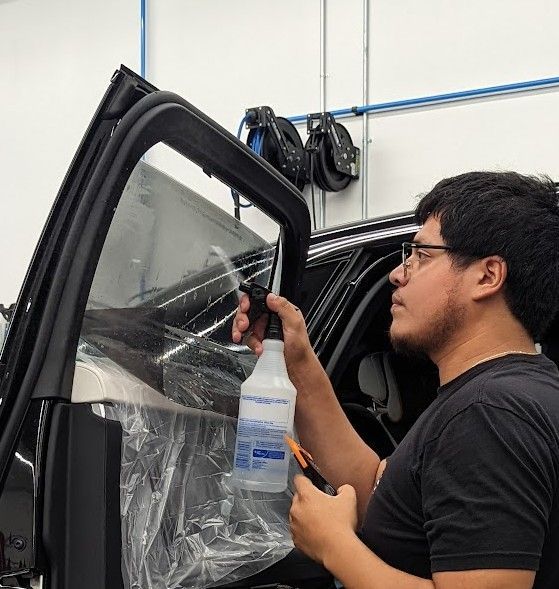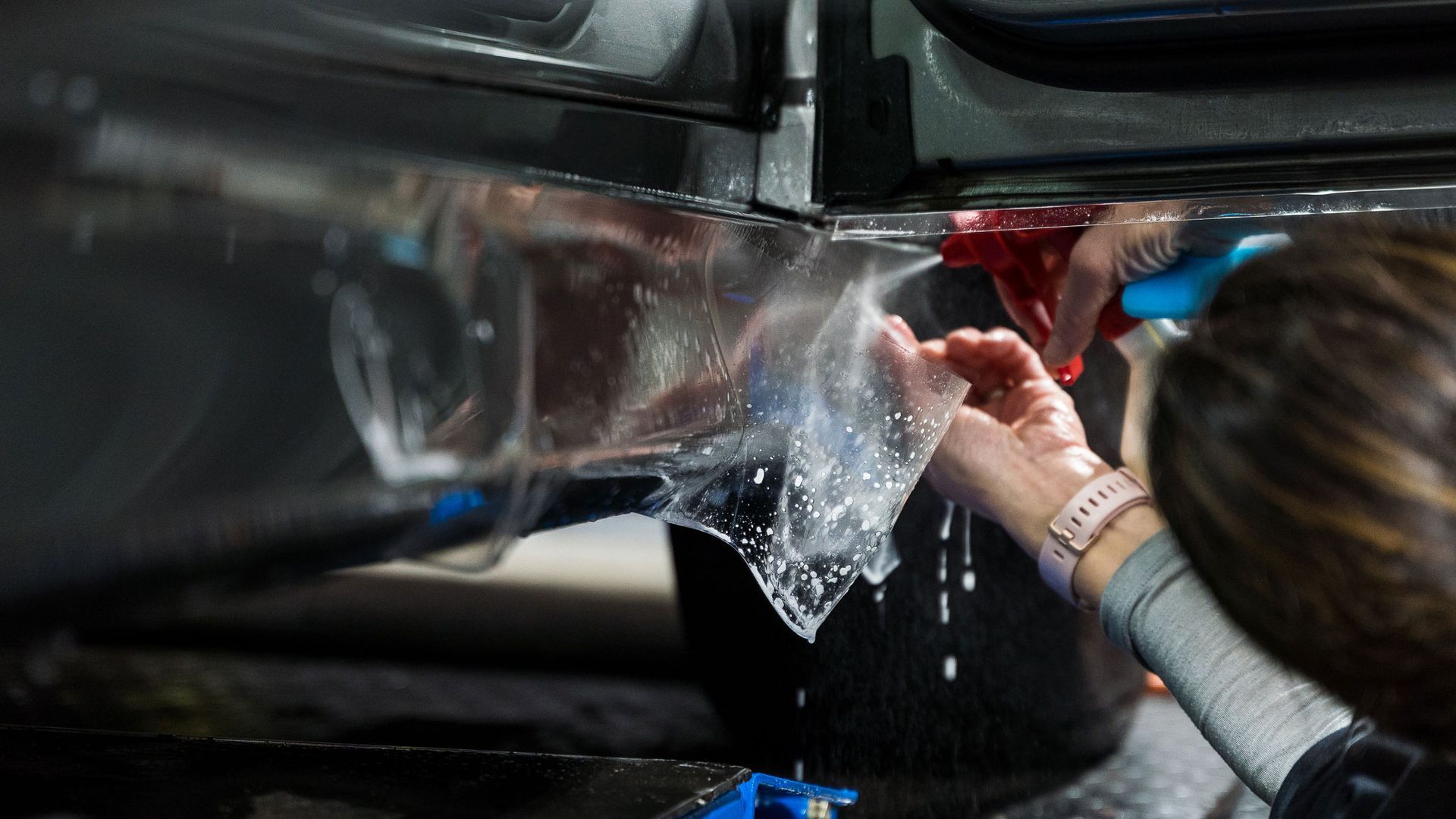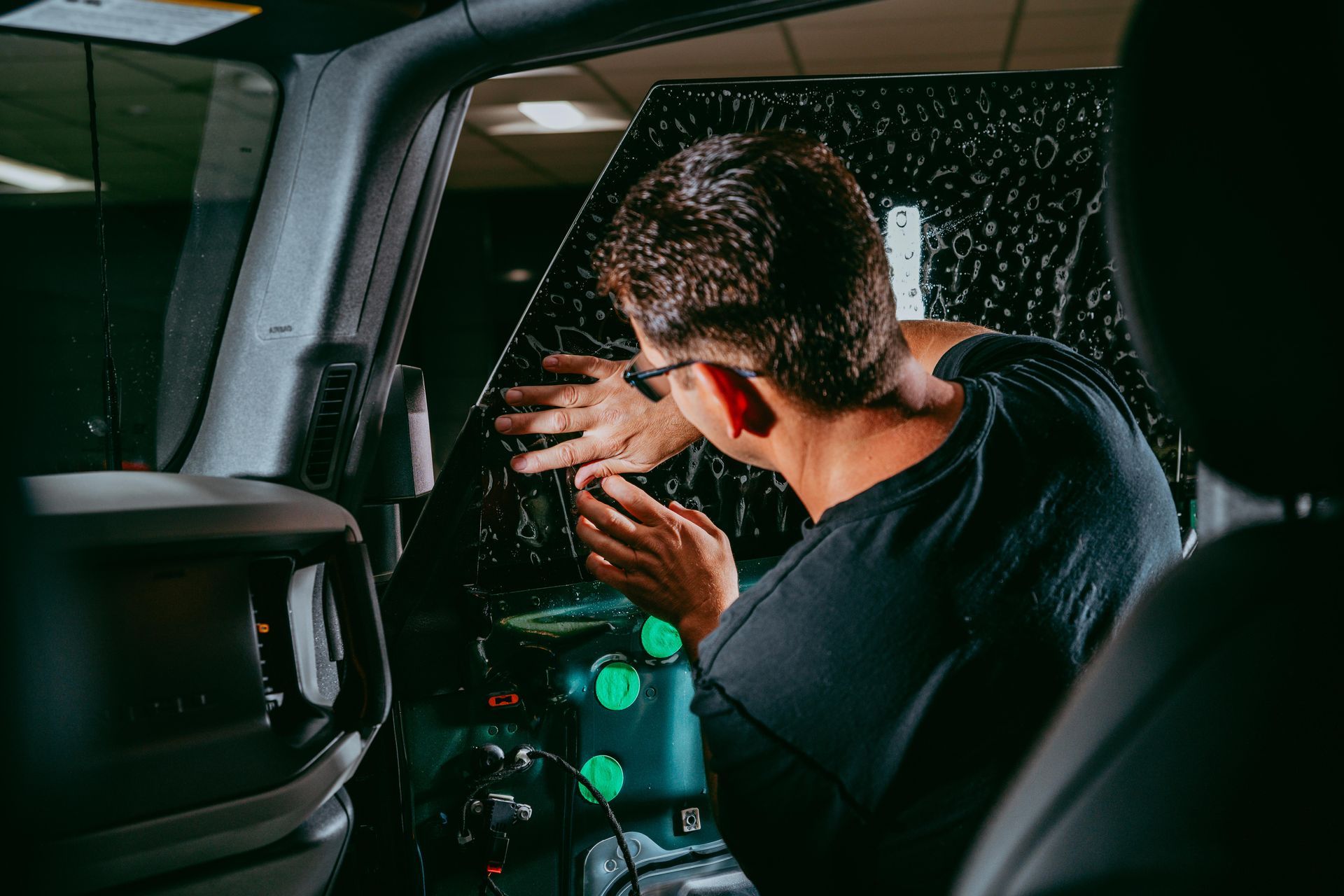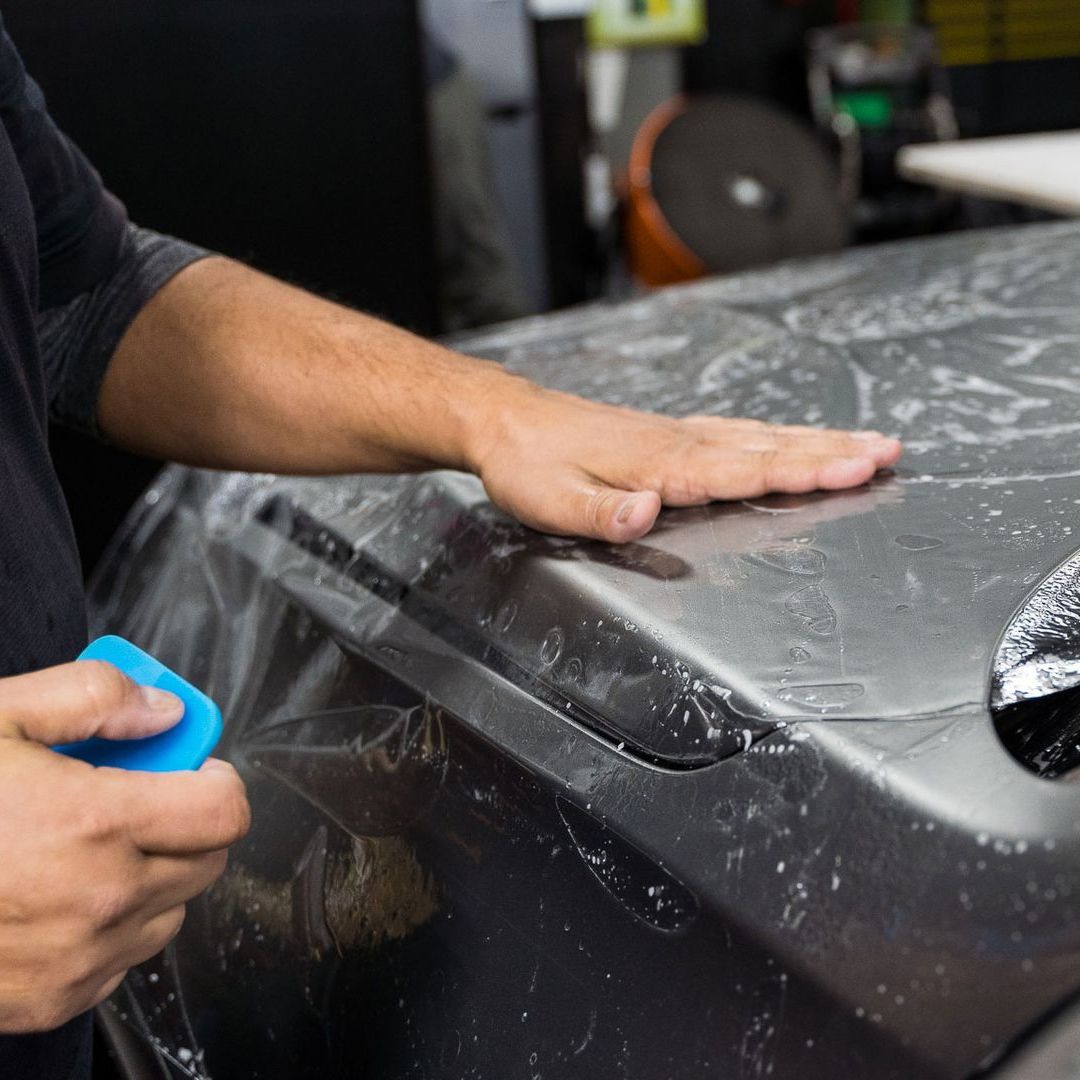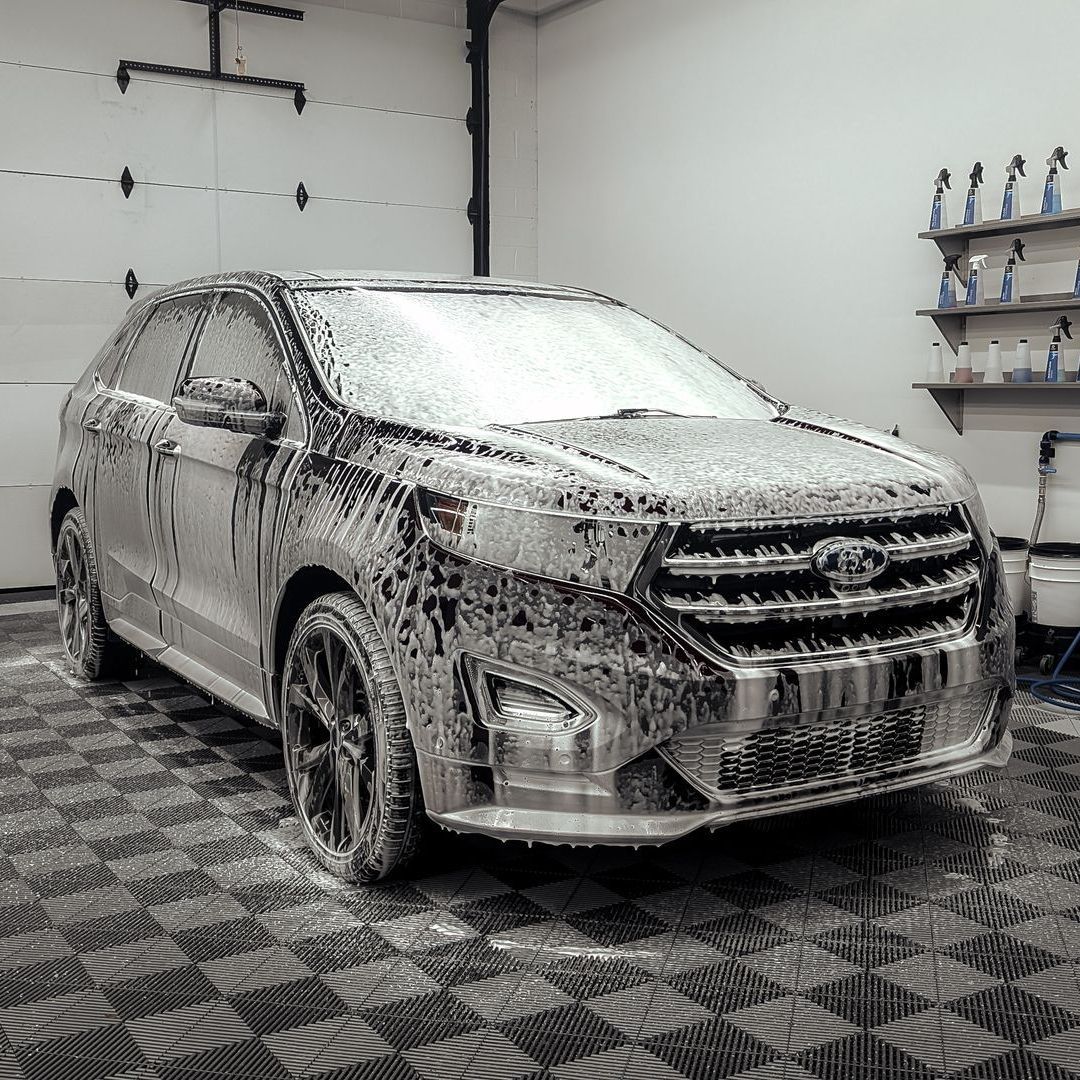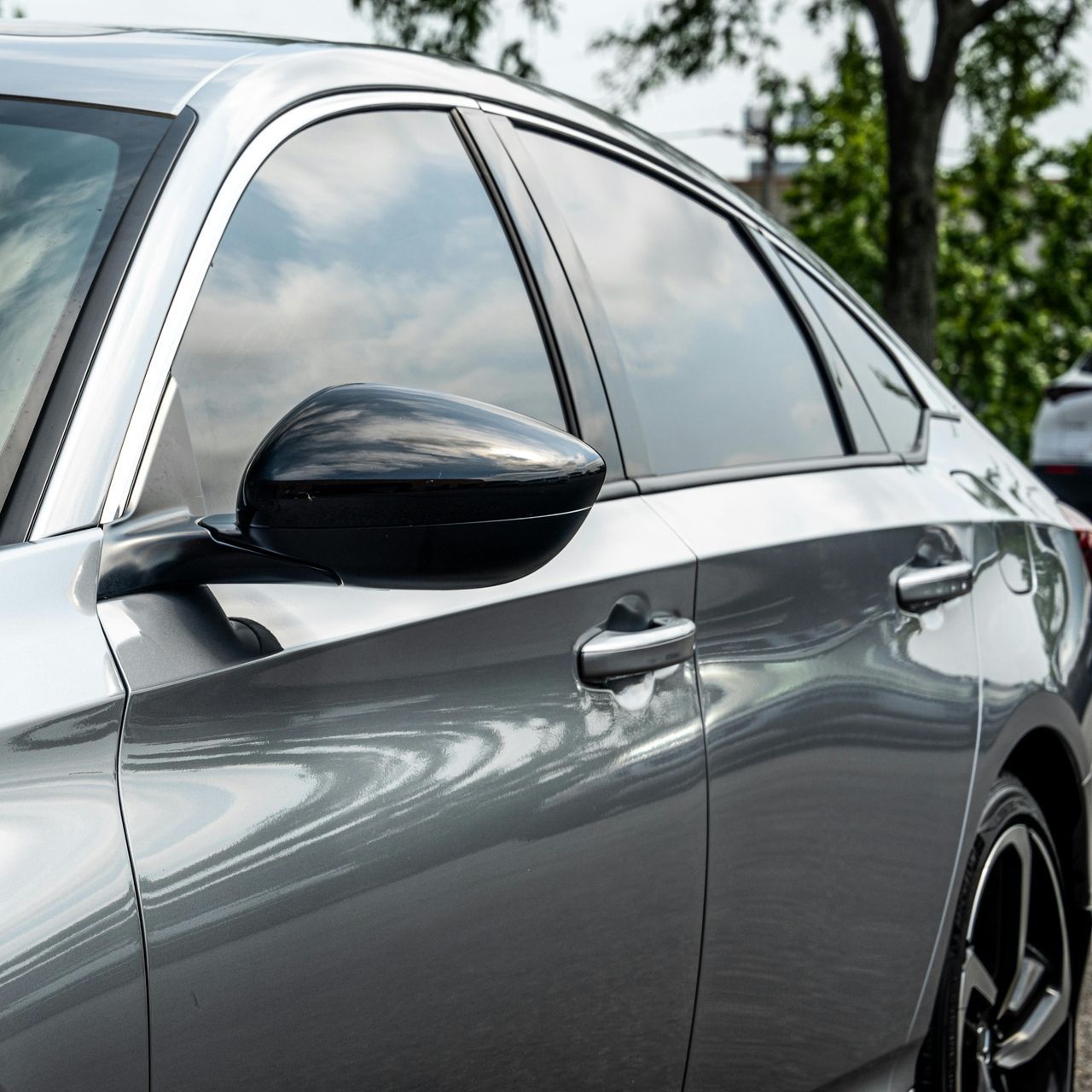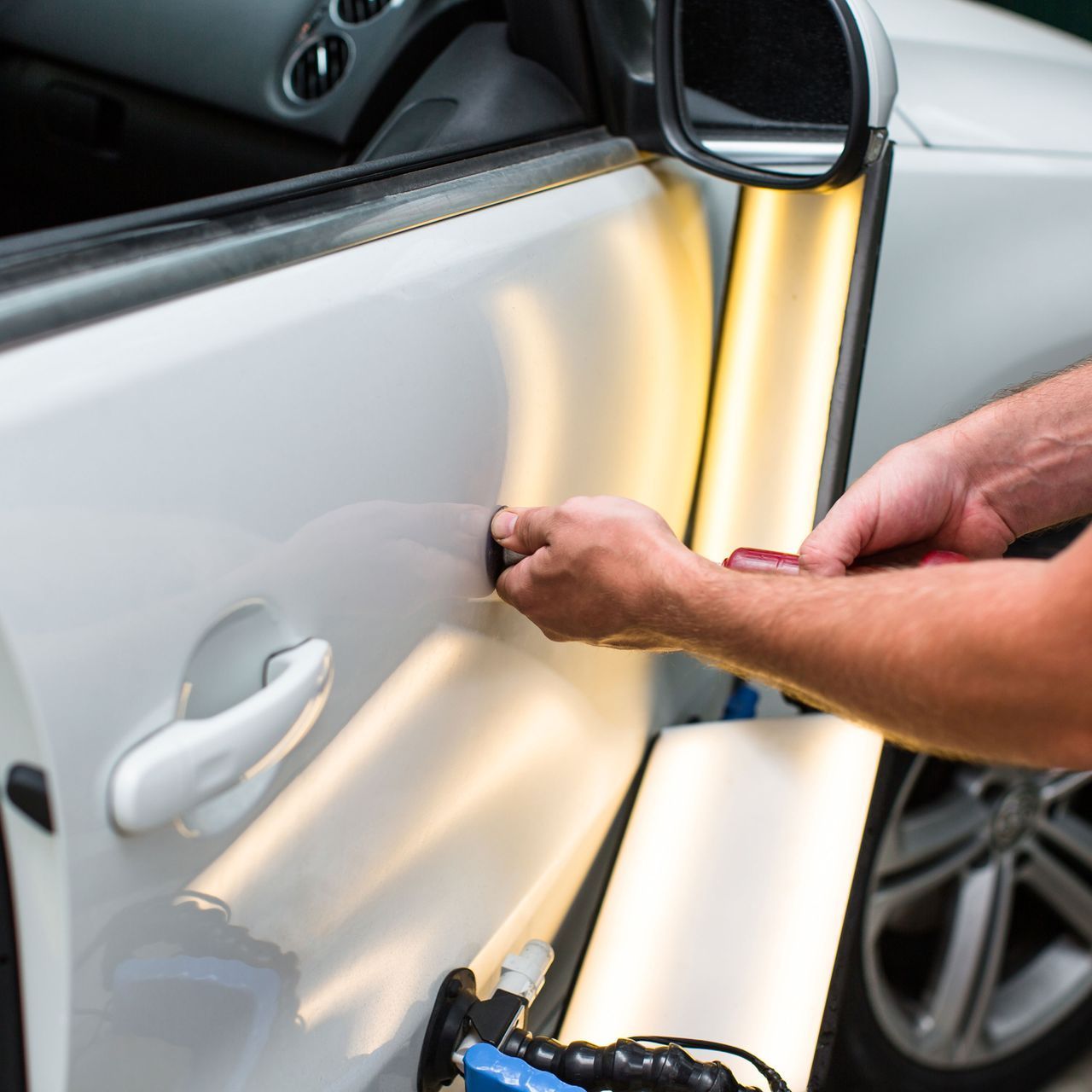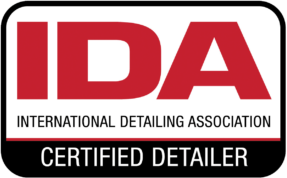The Art of Car Washing: Techniques, Chemicals, and Consequences
Car enthusiasts and professionals alike understand the importance of maintaining a vehicle's appearance, and one crucial aspect of this is proper car washing. The meticulous care taken during the washing process not only enhances a car's aesthetic appeal but also preserves its integrity. In this article, we delve into the world of car washing, exploring the chemicals and techniques used, as well as the consequences of improper washing methods.
Chemicals Used in Car Washing:
Car Shampoo:
- Purpose: Designed specifically for cars, car shampoos are formulated to remove dirt, grime, and contaminants without stripping away wax or damaging the paint.
- Usage: Dilute the shampoo according to the manufacturer's instructions and apply using a high-quality wash mitt or sponge.
Car Wash Detergents:
- Purpose: Effective in breaking down stubborn dirt and grease, car wash detergents are suitable for heavily soiled vehicles.
- Usage: Use sparingly, as some detergents can be harsh on paint. Follow the dilution ratios specified on the product label.
Wheel Cleaners:
- Purpose: Tailored to tackle brake dust and road grime on wheels, wheel cleaners vary in strength depending on the formulation.
- Usage: Apply the cleaner to cool wheels, allow it to dwell, and agitate with a brush before rinsing thoroughly.
Clay Bars:
- Purpose: Ideal for removing bonded contaminants like tree sap, tar, and industrial fallout, clay bars provide a smooth surface for waxing.
- Usage: Lubricate the surface with a detailing spray and gently glide the clay bar over the paint, regularly folding and kneading to expose a clean surface.
Quick Detailers:
- Purpose: Quick detailers act as a lubricant during the clay bar process and can also be used for touch-ups between washes.
- Usage: Spray onto the surface and wipe with a microfiber cloth for a glossy finish.
Car Washing Techniques:
Pre-Wash:
- Rinse the car thoroughly to remove loose dirt and contaminants before applying any cleaning agents.
Two-Bucket Method:
- Use one bucket for soapy water and another for rinsing your wash mitt or sponge. This prevents dirt from being reintroduced to the vehicle's surface.
Top-to-Bottom Approach:
- Start washing from the top of the vehicle and work your way down to avoid dragging dirt over areas you've already cleaned.
Gentle Agitation:
- Use a soft wash mitt or sponge to avoid scratching the paint. Agitate gently in straight lines to minimize swirl marks.
Consequences of Improper Washing Techniques:
Swirl Marks and Scratches:
- Aggressive washing methods, using dirty sponges or towels, can result in swirl marks and scratches, diminishing the overall appearance of the vehicle.
Paint Damage:
- Harsh chemicals, such as household cleaners, can strip away protective wax and damage the paint, leaving it susceptible to oxidation and corrosion.
Dull Finish:
- Neglecting to rinse thoroughly or using incorrect drying techniques can lead to water spots, leaving the car with a dull finish.
Wheel Corrosion:
- Neglecting regular wheel cleaning can lead to the buildup of brake dust, potentially causing corrosion and damage to the wheels over time.
Proper car washing is an art that requires the right chemicals, techniques, and attention to detail. By understanding the purpose of each product and employing gentle yet effective washing methods, car enthusiasts can maintain a vehicle's appearance and uphold its value. Avoiding the consequences of improper washing techniques ensures that a car not only looks good but also retains its aesthetic and structural integrity for years to come.



